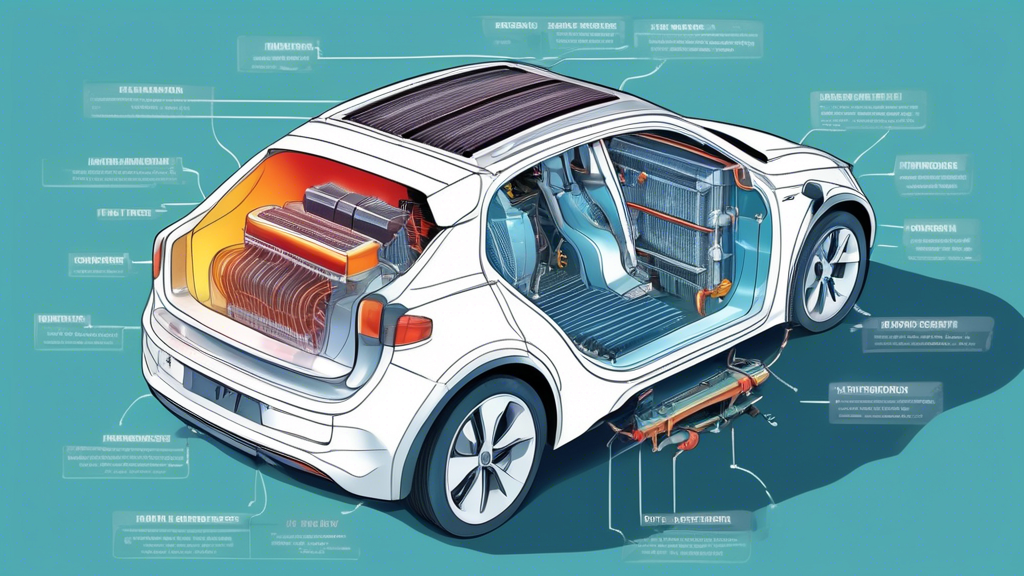
Do Electric Cars Sweat? Let’s Talk Cooling Systems
Ever found yourself wondering if electric cars need to chill out like their gas-guzzling cousins? Do electric-cars have radiators? It’s a valid question, considering how much we know heating and cooling play into the life and efficiency of a standard combustion engine. But what about electric vehicles (EVs)? Do electric-cars have radiators? Do they need a breather or a moment to cool down?
Under the Hood: Do Electric-Cars Have Radiators?
In the simplest terms, many electric cars have radiators, or at least components that serve a very radiator-esque function. Before you start picturing a classic car radiator setup, let’s clarify that cooling systems in EVs are a bit different, primarily because what they’re cooling isn’t an engine in the traditional sense.
Electric cars power electric motors and batteries, which generate heat during operation. It might not be the same type of heat that a gas engine produces, but it’s enough to potentially decrease efficiency and, over time, cause damage if not properly managed. This is where the cooling system comes into play.
Keeping Cool: How Electric Car Cooling Systems Work
The cooling system in an electric vehicle is a bit like the car‘s personal AC unit, tasked with managing temperatures across various components, notably the battery pack, electric motor, and power electronics. Unlike traditional radiators that dissipate heat from engine coolant, EV cooling systems often use liquid and air cooling methods to keep things at an optimal temperature.
Liquid Cooling Systems
Many of today’s EVs opt for liquid cooling systems due to their efficiency. These systems circulate a coolant through channels in the battery pack, around the motor, and through the power electronics to absorb and dissipate heat. The warmed coolant is then cycled through a radiator-like component at the front of the vehicle, where air passing over the system helps to cool it down before it heads back to start the cycle again. It’s a neat, closed-loop system that keeps the car’s vital components icy cool under pressure.
Air Cooling Systems
Some electric vehicles use air cooling systems, which rely on fans to blow air over the components to maintain temperature. While simpler and less costly than liquid cooling systems, air cooling can be less effective at managing heat in more demanding conditions or high-performance vehicles. It’s like comparing a gentle breeze to a dunk in a cold pool – both can cool you down, but one is more effective under extreme heat.
Why Cooling Matters
Managing temperature in an electric car isn’t just about comfort; it’s crucial for performance and longevity. Batteries, like humans, prefer not to operate at extreme temperatures. Too hot, and the battery can degrade faster, reducing the car’s range and the overall life of the battery. Too cold, and the battery won’t perform as efficiently, similarly affecting range and performance. A well-designed cooling system ensures the battery operates within its happy temperature range, maximizing its immediate performance and long-term health.
So, while it might seem odd at first to talk about electric cars needing to keep their cool, it turns out that their cooling systems are as vital as any air conditioning unit on a blistering summer day. The next time you see an electric car zipping silently down the street, remember that some seriously cool technology works under the hood to keep everything running smoothly. And yes, they sort of have radiators – just not quite the same kind your grandpa’s old Buick had.
